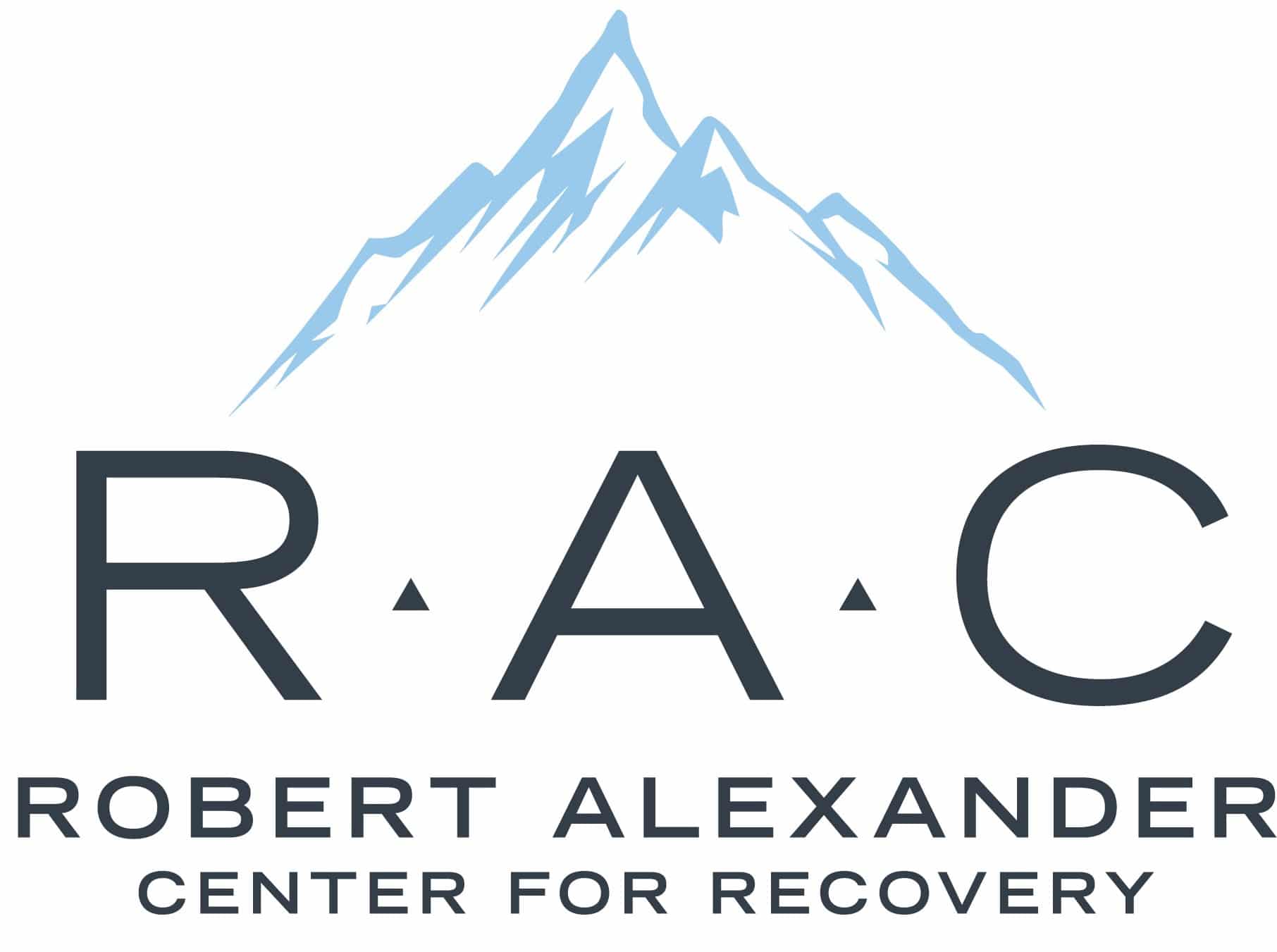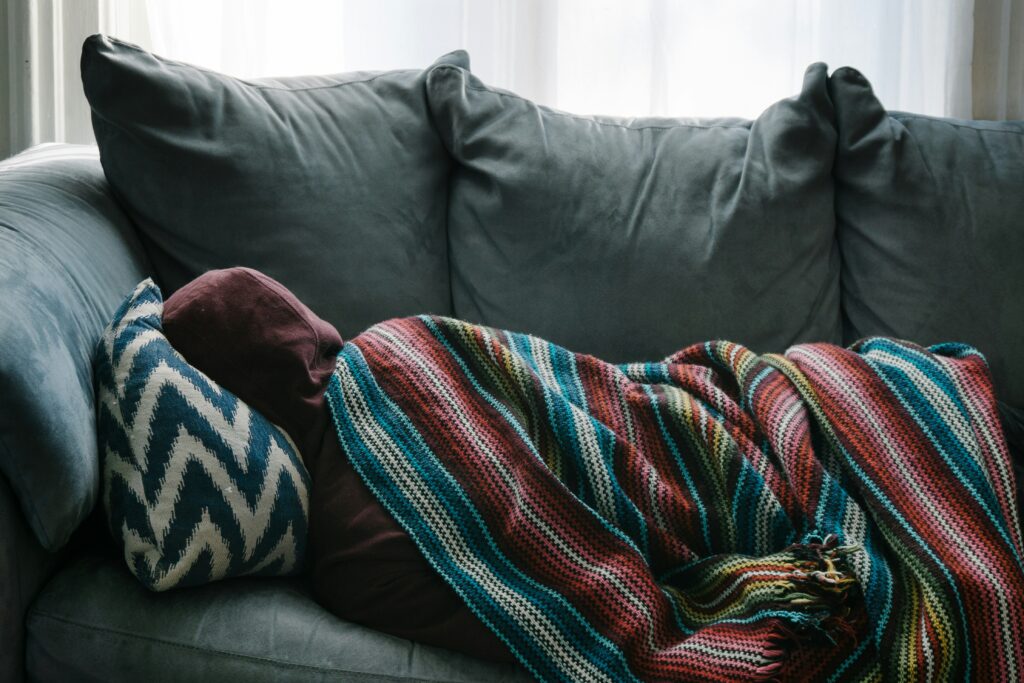Addiction, a complex and devastating disease affecting millions worldwide, knows no boundaries. Yet within the spectrum of addiction, there exist distinct differences between how men and women experience, develop, and recover from substance abuse.
These variations can have significant implications on addiction treatment, preventive measures, and public health policy. In this comprehensive exploration, we will dive into the statistics and facts surrounding the gender gap in addiction, providing insights into a vital but often overlooked aspect of the struggle against substance abuse.
Gender-Specific Addictions: A Statistical Look
The prevalence and patterns of addiction are deeply influenced by gender. According to the Substance Abuse and Mental Health Services Administration (SAMHSA), past-year males were more likely than females to have used illicit drugs in the past year, to have used marijuana, cocaine, stimulants, and hallucinogens at higher rates, and to have misused prescription-type psychotherapeutics. Conversely, females showed higher rates of misuse of pain relievers and tranquilizers.
Understanding Substance Abuse Disorders in Men
Men tend to gravitate towards substances such as alcohol, opioids, and cocaine. The National Institute on Drug Abuse (NIDA) reports that men are twice as likely as women to struggle with addiction to illegal drugs or alcohol dependency and are particularly at risk for opioids and methamphetamine use disorders.
The Female Predilection for Sedatives and Hallucinogens
Females, on the other hand, have higher prevalence rates for nonmedical use of psychotherapeutic drugs, typically related to anxiety and depression relief. Additionally, women are more likely to use sedatives and tranquilizers which are usually medically prescribed.
Biological and Environmental Influences
The gender disparity in addiction is not simply a result of varying personal choices. Biological, psychological, and sociocultural factors contribute to the divergence in substance use and its effects.
The Roles of Genetic and Neurobiological Factors
Genetic predisposition, hormonal influences, and neurotransmitter activity all play a critical role. For example, men possess a higher concentration of dopamine receptors, potentially increasing their susceptibility to addictive behaviors associated with seeking rewards.
Social and Cultural Expectations
Social norms, expectations, and pressures can lead to different attitudes toward substance use and stigmatization, which may influence the development of addiction. These societal factors often push men towards riskier behavior and substance abuse.
Psychosocial Differences and Addiction
The psychosocial aspects of addiction, including mental health, family dynamics, and comorbid disorders, also exhibit gender-related patterns that can shape the trajectory of substance abuse.
Mental Health and Substance Use in Women
Women are more likely to have a co-occurring psychological disorder, with anxiety and depression being the most common. This interplay between mental health and substance use might be linked to trauma and abuse, which women report as contributing factors to their drug use.
Risk Factors for Men
For men, substance abuse is often associated with aggressive behaviors, conduct disorders, and antisocial personality traits. The risk environment for men can be marked by high levels of stress, less social support, and greater availability and accessibility of substances.
Treatment Disparities and Recovery Pathways
Given the different profiles of addiction among men and women, it’s imperative to craft gender-sensitive treatment modalities that address their unique challenges and circumstances.
Treatment Modalities for Men
Traditionally, addiction treatment has been formulated based on male-dominated research and clinical trials, potentially leading to less effective interventions for women. For men, treatment often emphasizes group therapy, relapse prevention, and the development of coping skills to manage aggressive tendencies.
Tailored Approaches for Women
Conversely, women may benefit from addiction treatments that place a higher priority on trauma-informed care, addressing relational stability, and the provision of childcare services. Such programs aim to support the woman in her role as a caretaker, often central to her identity and recovery.
Finding Gender Harmony in the Fight Against Addiction
To combat addiction effectively, the healthcare system and wider support network must embrace a gender-aware approach.
Gender-Responsive Programming
Reforming addiction services to include gender-responsive programming can ensure that men and women receive equitable and effective care. This may involve the integration of services that address trauma, mental health, and childcare needs alongside traditional substance abuse treatments.
Promoting Research on Gender Differences
Increased focus on gender-based research can provide deeper insights into the varied pathways to addiction. More data on the gender-specific impacts of substance use can inform the development of targeted prevention efforts and evidence-based treatment models.
Contact Robert Alexander Addiction Treatment Center Today
If you or someone you love is struggling with addiction, do not hesitate to reach out for help. The Robert Alexander Addiction Treatment Center offers gender-responsive programming and individualized treatment plans to support those on the path toward recovery.
Contact us today to learn more about our services and how we can help you or your loved one overcome addiction. Recovery is possible, and we are here to support you every step of the way.





